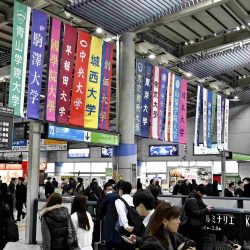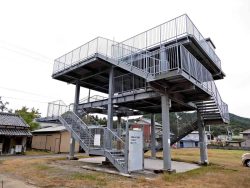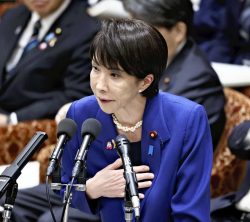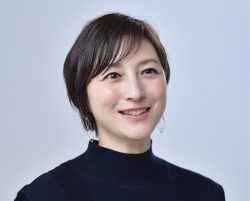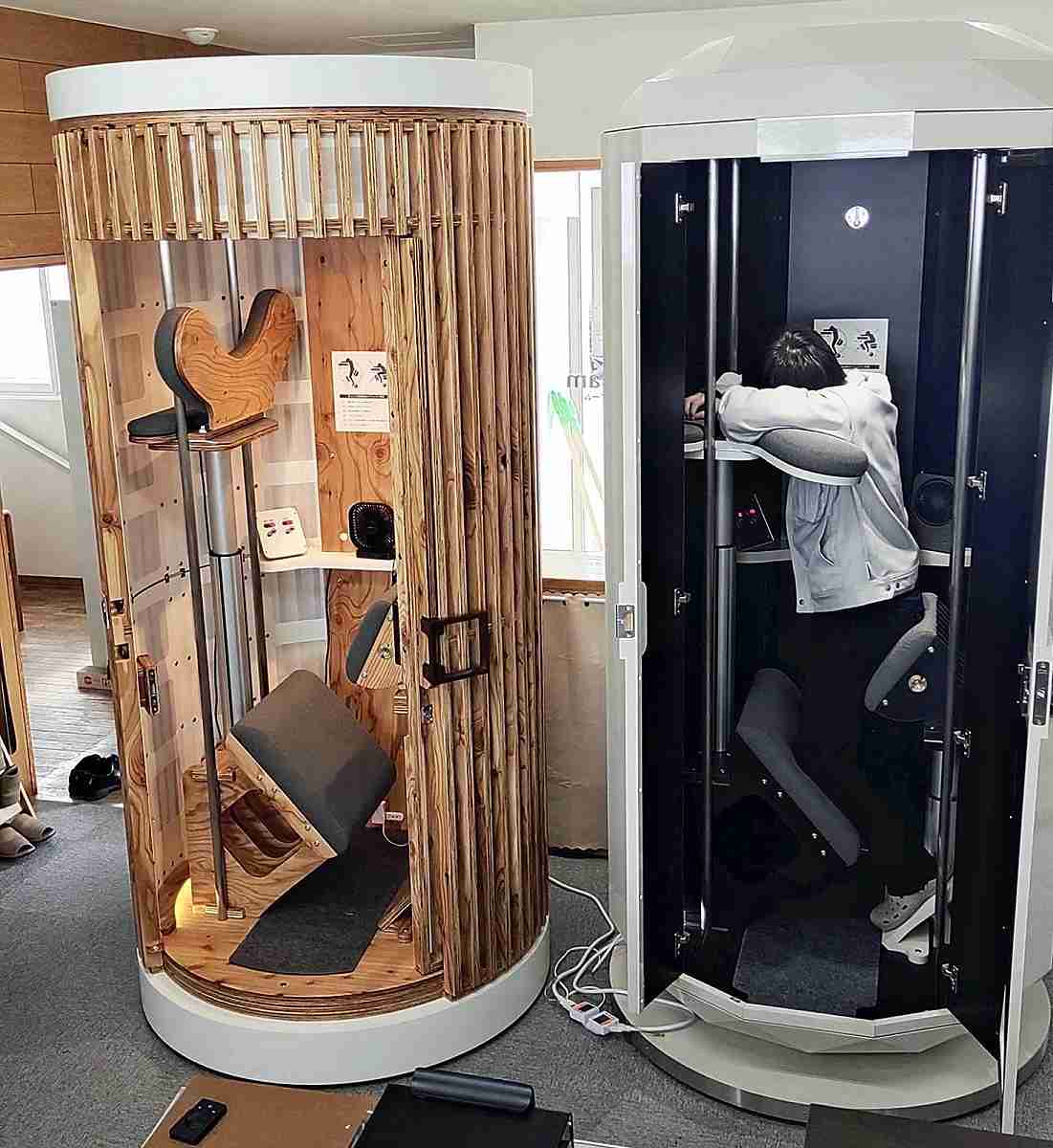
Koyoju Plywood Corp.’s “giraffenap” allows people to take a nap standing up. The box on the right is future themed while the left is forest themed.
12:19 JST, May 3, 2024
An increasing number of companies are introducing the practice of taking power naps at workplaces for quick revitalization of workers. Companies have begun making a variety of efforts, like developing a napping box in which people can sleep standing up, or a napping room that incorporates the effects of light and sound.
Koyoju Plywood Corp., a wood processing firm in Asahikawa, Hokkaido, is one such company. During lunchtime, employees were seen entering a cylindrical box about 1.2 meters in diameter and about 2.5 meters tall. Developed by the firm, the box allows people to sleep standing up.
The box is designed to support the napper at four points: their head, buttocks, shins and soles of the feet, so there is no stress on the body. The height of the cushions can be adjusted to suit the users’ physique. The door can be closed for privacy. The box also has wheels for easy transportation.
“I can take a quick break and feel refreshed,” said a female employee, 37, who says she often uses the box when she feels tired from processing work.
But why sleep standing up? The company’s president, Hironari Yamaguchi, 56, said he came up with the concept from the sight of a giraffe sleeping standing up. “It saves space and allows people to get back to work without falling asleep too deeply,” he said. The product was completed following joint research with universities and other entities and was named “giraffenap”.
When the product went on sale in January, priced ¥3.3 million each, three companies and one local government decided to introduce it to their workplaces. Koyoju Plywood says it has received about 570 inquiries from companies, hospitals and elsewhere.
Japanese sleep an average of seven hours and 22 minutes a night, the shortest among 33 countries surveyed by the Organization for Economic Cooperation and Development in 2021. According to the 2019 National Health and Nutrition Survey by the Health, Labor and Welfare Ministry, 32.3% of men and 36.9% of women said they felt sleepy during the day at least three times a week.
Against this backdrop, companies are introducing the practice of power naps in the office.

The napping room in Nishikawa Co. in Chuo Ward, Tokyo, makes use of the effects that light and sound have on sleep.
Nishikawa Co., a bedding manufacturer headquartered in Tokyo, is pursuing the quality of napping. It set up “quick nap rooms” in its offices in Tokyo and Osaka. The room is equipped with the company’s top-quality mattresses and body pillows, and a starry planetarium is projected across the ceiling. The light and sound are automatically controlled, allowing users to comfortably sleep for about 20 minutes and wake up naturally.
Mitsubishi Estate Co. in January rolled out a shared resting room equipped with napping chairs in private compartments and massage equipment, on the first floor of an office building in Otemachi, central Tokyo, on an experimental basis. Under the name “Tomarigi (perch),” the room is shared by 30 companies and organizations nearby that do not have napping spaces.
“Power naps refresh the brain and lead to recovery from fatigue and improve productivity,” said Satoru Tsubota, a sleep specialist and director of Amaharashi Clinic in Toyama Prefecture. “Companies should proactively introduce them as a way of reforming how workers take breaks.”
Mitsuo Hayashi, professor of sleep science at Hiroshima University, recommends taking a nap for 15 to 20 minutes between noon and 3 p.m. to avoid affecting nighttime sleep. He says that beds and backrests should be inclined at around 30 to 60 degrees and recommends people to take some caffeine, such as coffee or green tea, before napping to feel refreshed upon waking up.
“After understanding the actual state of sleep among workers, companies are recommended to foster a workplace culture and environment in which people can easily take power naps,” the professor said.
"Society" POPULAR ARTICLE
-

M4.9 Earthquake Hits Tokyo, Neighboring Prefectures
-

Israeli Tourists Refused Accommodation at Hotel in Japan’s Nagano Pref., Prompting Protest by Israeli Embassy and Probe by Prefecture
-

M7.5 Earthquake Hits Northern Japan; Tsunami Waves Observed in Hokkaido, Aomori and Iwate Prefectures
-

Tsukiji Market Urges Tourists to Avoid Visiting in Year-End
-
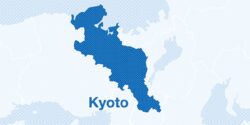
High School in Kyoto Says Students Shoplifted during Recent School Trip to Bali, Indonesia
JN ACCESS RANKING
-

Tokyo Economic Security Forum to Hold Inaugural Meeting Amid Tense Global Environment
-

Keidanren Chairman Yoshinobu Tsutsui Visits Kashiwazaki-Kariwa Nuclear Power Plant; Inspects New Emergency Safety System
-

Imports of Rare Earths from China Facing Delays, May Be Caused by Deterioration of Japan-China Relations
-

University of Tokyo Professor Discusses Japanese Economic Security in Interview Ahead of Forum
-

Japan Pulls out of Vietnam Nuclear Project, Complicating Hanoi’s Power Plans


